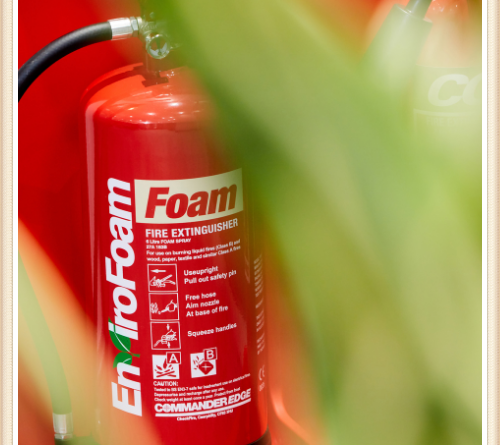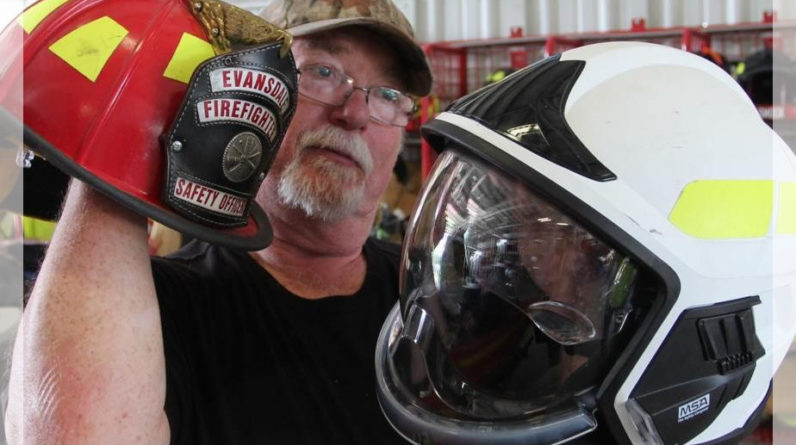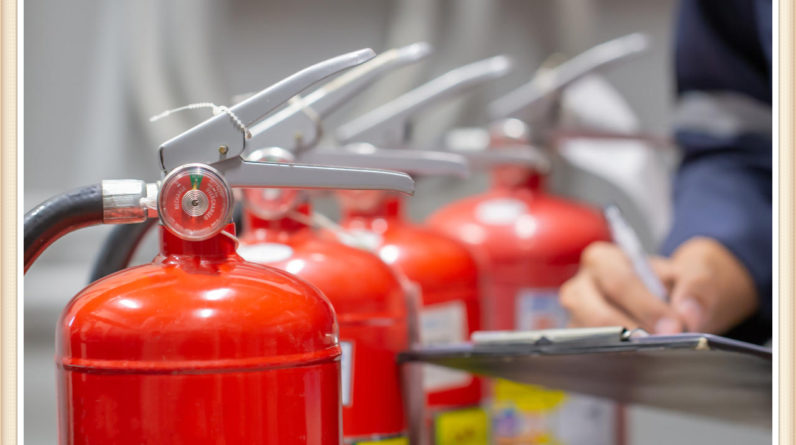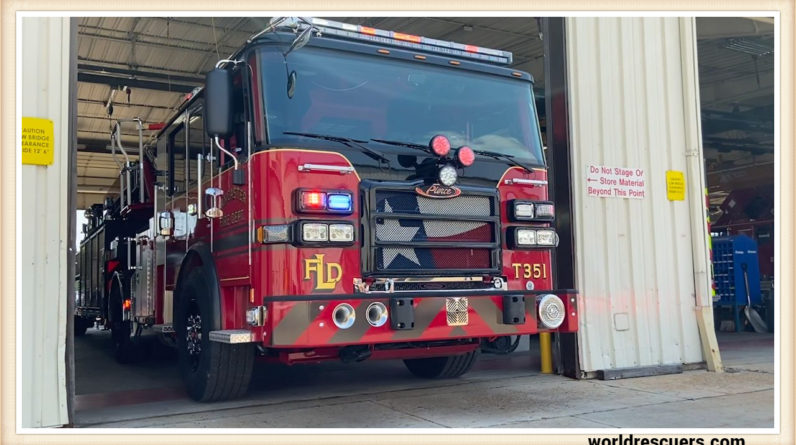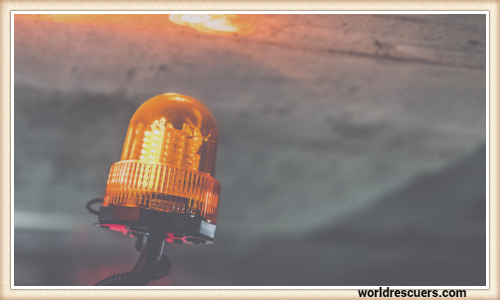
Conclusion
Fire tones serve as a vital link between emergency dispatch and firefighters, enabling seamless and immediate communication during critical situations. These distinctive auditory signals convey crucial information about the type, severity, and urgency of the incident, allowing firefighters to respond swiftly and effectively.
As technology continues to advance, these specific tones will remain an essential element in the language of emergency response, facilitating the heroic efforts of first responders as they protect and serve our communities.
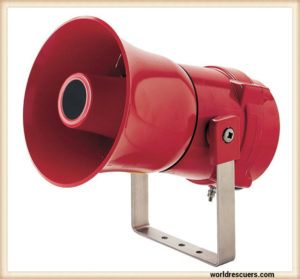
Understanding Fire Tones
Fire tones, also known as station alerting systems or fire station tones, are auditory signals used to notify firefighters of an emergency call. These tones are broadcasted throughout a fire station, signaling the need for immediate action. Each fire department may have its unique set of tones, but the basic principles remain consistent across various systems.
Differentiating Tones
These tones consist of a combination of high and low-frequency sounds, creating distinctive patterns to convey specific information. These tones can be tailored to indicate different types of emergencies, such as structure fires, motor vehicle accidents, hazardous material incidents, or medical emergencies. Each tone sequence helps firefighters understand the nature of the call they are about to respond to.
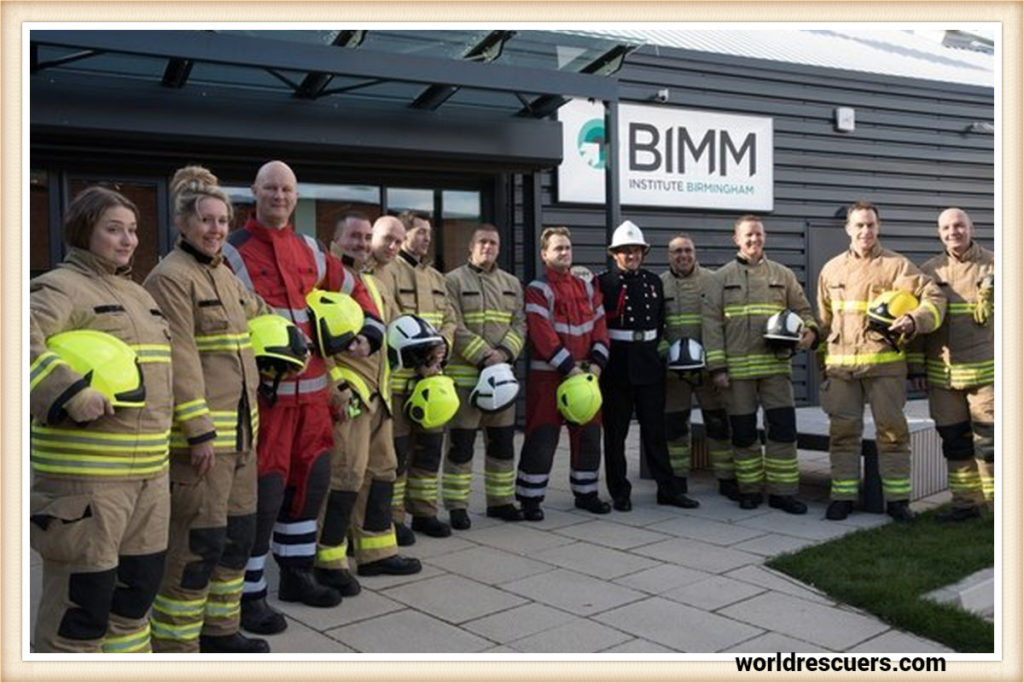
Alerting the Crew
When a call is received by the fire station, the station alerting system activates. The designated fire tones are broadcasted. Firefighters quickly recognize the pattern and discern the type of emergency they are being dispatched to. This immediate communication allows them to mentally prepare and gather the appropriate equipment before heading out.
Severity and Urgency
Apart from indicating the type of incident, these tones may also convey the severity and urgency of the situation. For example, a long continuous tone or a specific sequence of tones may signify a higher-priority or life-threatening emergency. The urgency of the tones adds a sense of gravity to the situation, prompting firefighters to respond with heightened awareness and speed.
Training and Familiarity
They are an integral part of a firefighter’s training and routine. Novice firefighters undergo rigorous training to recognize and interpret these tones accurately. Regular drills and simulations using these tones help ensure that all members of the crew are familiar with them.
Modern Advancements in Fire Tones
Modern alerting systems can integrate with other communication tools, such as digital displays and mobile devices, providing additional information about the emergency call. These advancements enhance the speed and effectiveness of the emergency response process, contributing to better outcomes in critical situations.
Beyond Firefighting
While fire tones are predominantly associated with firefighting, their use extends beyond fire departments. Other agencies, such as emergency medical services (EMS) and law enforcement, utilize similar auditory signaling systems to alert their personnel of incoming emergency calls.
FAQ’s
What is a fire tone out?
A fire tone-out refers to a specific set of audio tones used by fire departments to alert firefighters to an emergency. These tones are transmitted via fire pagers or communication systems. And serve as a unique identifier for each fire station or group of firefighters. Fire tones are typically generated using specialized fire tone-out devices or software. And are often in the form of Fire Tones MP3 files. When a fire tone-out is broadcasted. Firefighters recognize the unique sequence of tones corresponding to their station, prompting them to respond to the emergency.
What is the tone of to build a fire?
The phrase “To build a fire” does not refer to fire tones or Fire Tones MP3. Instead, it is the title of a famous short story written by Jack London. The story tells the tale of a man’s struggle to survive in the harsh and freezing Yukon wilderness during a cold winter. The phrase “To build a fire” in this context signifies the man’s desperate attempt to start a life-saving fire in extremely cold conditions. The story is a classic example of survival literature, exploring the themes of nature’s power.
What are the different types of sound tones?
The different types of sound tones can be broadly categorized into two main categories:
Pure Tones: Pure tones are simple and single-frequency sounds with no additional harmonics or overtones.
Complex Tones: Complex tones, on the other hand, are sounds that consist of multiple frequencies combined together.
Highly trained Assistant Fire Chief dedicated to public safety and awareness for the past 16 years. Effective leader who remains steady during times of emergency, while directing and motivating team members throughout crises.

